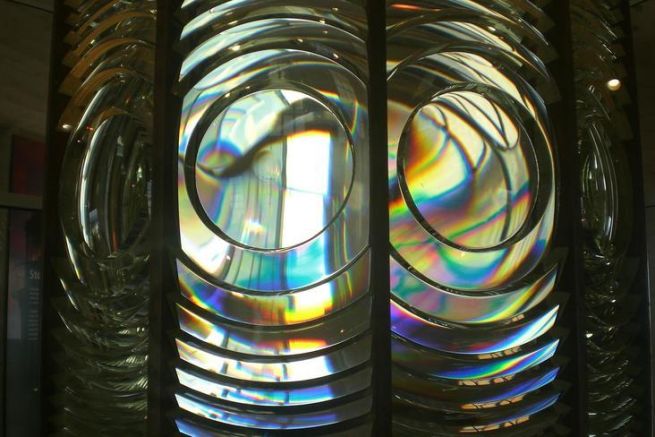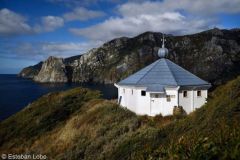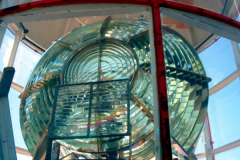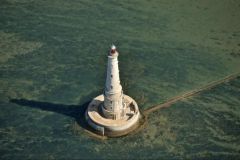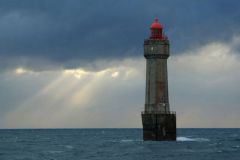Before Augustin Fresnel's research, headlight range was very limited. To increase light intensity, the methods used with metal mirrors in particular tended to absorb 50% of the luminous flux. Lenses were needed to concentrate the flux. But these lenses were too big and heavy to be used at the top of a lighthouse.
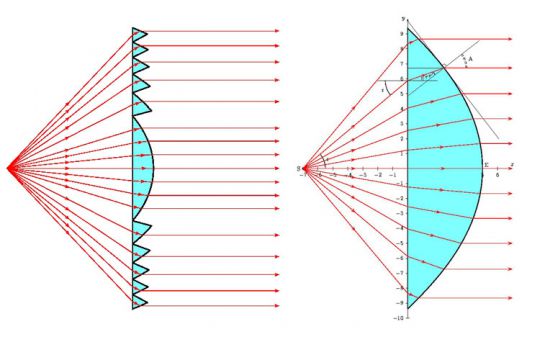
Augustin Fresnel, a lover of research
Augustin Fresnel, born in 1788, was trained as an engineer (École Polytechnique and École Nationale des Ponts et Chaussées), but his work held little interest for him, and he naturally turned to research.
He carried out numerous experiments on light interference, for which he forged the notion of wavelength. As much a mathematician as a researcher, he also calculated the so-called Fresnel integrals (still in use today). He also opposed Newton's previous corpuscular theory of light, and through experiments on light diffraction, laid the foundations for his "vibratory" theory of light.
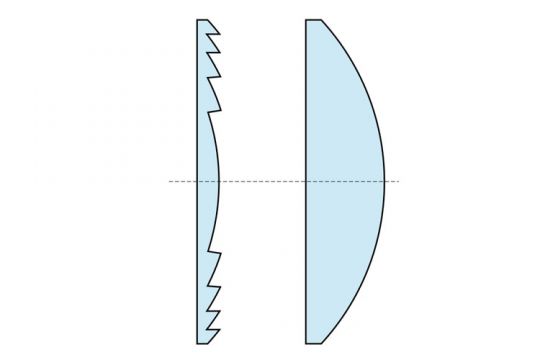
Member of the lighthouse commission
In the field of geometrical optics, Fresnel invented the stepped lens (known as the Fresnel lens), used to increase the power of lighthouse lighting. Invented in 1822, it is still used in the lighthouses that mark our coasts. It's a plano-convex lens with concentric annular sections optimized to lighten the element. Its design provides a short focal length for a large diameter, without the weight and volume of a standard lens.
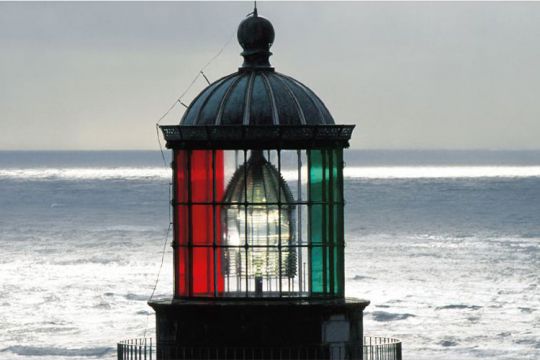
3 times the range!
On June 19, 1822, Fresnel presented the first lens, 76 cm square and 92 cm focal length. Some time later, the system was successfully tested on the Étoile triumphal arch in Paris. The results obtained were 3 times better than the systems previously used.
The Cordouan lighthouse, the first to be equipped, saw its range increase from around 10 km to 35 km! Subsequently, all lighthouses in France and around the world used this type of lens.
